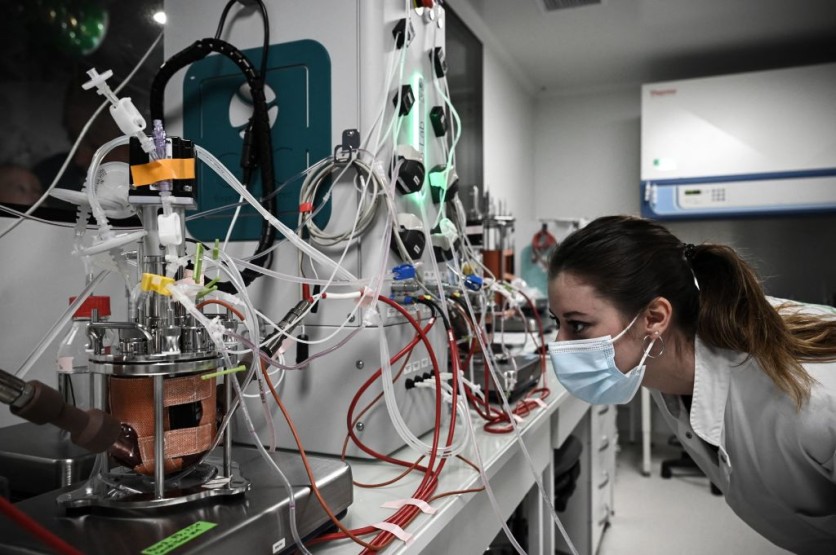Although Parkinson's disease (PD) remains incurable, an insightful report from the non-profit National Council of Aging proposes that early identification and treatment could significantly enhance the quality of life for patients even while living with the condition.

Detecting Parkinson's 7 Years Before Diagnosis
Despite this potential, the grim reality is that fewer than 10 percent of patients receive a diagnosis before reaching 50 years of age. In many cases, individuals only discover their PD diagnosis in their 60s, a point at which treatment effectiveness is severely limited.
Recognizing this critical gap, Interesting Engineering reported that a collaborative effort by researchers from University College London and Moorfields Eye Hospital introduces a transformative solution.
Their latest study introduces an AI-powered method capable of detecting PD up to seven years earlier than current diagnostic protocols, presenting a promising avenue for timely interventions and improved patient outcomes.
This research highlights the presence of distinctive indicators for Parkinson's disease within the human eyes. Leveraging advanced AI technology, the study demonstrates the program's proficiency in recognizing these markers from intricate 3D retinal scans.
This innovative approach not only offers a means of early detection but also yields valuable information regarding an individual's susceptibility to the condition.
Dr. Siegfried Wagner, lead researchers, and an eye specialist at UCL, stated, "Finding signs of a number of diseases before symptoms emerge means that, in the future, people could have the time to make lifestyle changes to prevent some conditions arising, and clinicians could delay the onset and impact of lifechanging neurodegenerative disorders."
AI Detection
To detect unique signs of Parkinson's disease in the eye, scientists created a smart computer program and taught it using two big sets of data. They first used information from a large database called AlzEye, containing millions of eye images.
Then, they used data from 85,000 patients' eye scans from the UK Biobank. By doing this, The Guardian reported that they found special patterns in the eye that could indicate Parkinson's disease.
The researchers propose that with a large collection of optical coherence tomography (OCT) data from a diverse population, it's possible to predict not only Parkinson's disease but also numerous other conditions in their early stages.
This AI-driven approach might become a rapid, adaptable, and gentle method for diagnosing diseases. Furthermore, it holds promise for reducing the impact of illnesses like PD on patients and healthcare facilities. Yet, the researchers acknowledge that this marks just the initial phase of their exploration.
Previous Studies
In previous investigations, OCT and high-resolution 3D retina scans have proven effective for identifying both ocular issues and neurodegenerative conditions such as Alzheimer's disease, schizophrenia, and multiple sclerosis.
OCT technology enables researchers to delve into minute details within the eye, examining variations and anomalies across different cellular layers, sometimes as thin as a thousandth of a millimeter.
Remarkably, the current study asserts that OCT offers a superior, cost-effective, and faster alternative to traditional brain scans for Parkinson's disease detection.
Beyond eye health monitoring, EurekAlert! reported that these images possess broader significance by providing a non-invasive means to peer beneath the skin's surface and observe cellular layers.
Notably, a 2015 study hints at the potential of OCT: individuals exhibiting thinner-than-normal ganglion cell-inner plexiform layers (GCIPL) in their retinas through OCT scans might have an elevated risk of Parkinson's disease development.
Related Article : New AI Tool Predicts Parkinson's Disease Years Before Symptoms Appear

ⓒ 2025 TECHTIMES.com All rights reserved. Do not reproduce without permission.




